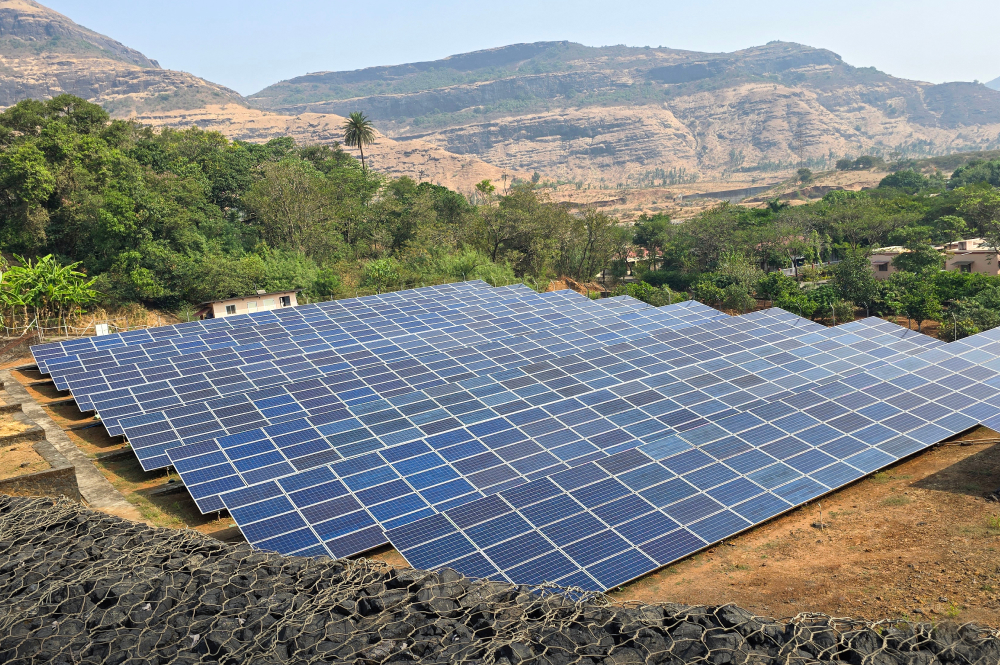Good News for the Planet: India Reaches Clean Power Cap

As of July 2025, India has achieved its Paris Agreement commitment of sourcing 50% of its power capacity from non-fossil fuels, five years ahead of the pledged 2030 deadline set after the 2015 agreement.
Historically High Consumption
As of 2025, India is the world’s most populated country, and unsurprisingly, they are also the third biggest carbon emitter after being reliant on coal for decades. What’s more, many consumers and energy companies continue to opt for coal as a power source, due to it being cheaper than alternative fuels.
Positive News
Regardless of its past, India looks to be making big changes, successfully reaching its goal of sourcing 50% of energy from renewable sources, five years ahead of their previous pledge.
This demonstrates their commitment to clean power installation, and it is hoped that they can reach 100% if they continue to increase renewable storage and strengthen the energy grid, to allow new energy sources to integrate with their existing electricity grid.
Studies have shown that India’s total installed non-fossil power capacity reached 484.8 gigawatts, with 242.8 GW coming from non-fossil fuels, with solar power growing by 41 times, and wind energy doubling1.
It is believed that the change is due to strong government policy support and the deployment of numerous projects from independent power producers.
Leading By Example
Many countries appear unwilling to cooperate on climate change, as only 15% have met their 2025 Paris Agreement deadline to submit new five-year proposals for emission reduction.
Positively, 99.7% of the electricity in Albania, Iceland, and five other nations is now sourced from renewables2. Many of these countries are leveraging hydropower to achieve this, serving as a global inspiration to boost solar, wind, and hydro energy capacities.
Looking Ahead
This is positive news for India, demonstrating significant progress towards their energy and climate goals. They are also emerging as a global leader in the development, utilisation, and export of green hydrogen, which would help to further decrease reliance on fossil fuels.
However, the country is still reliant on coal to meet evening demand, meaning renewable energy is not yet able to meet the country’s growing energy requirements. Therefore, further investment in battery storage is crucial for a reliable and efficient energy supply, with climate action being more crucial than ever due to the growing population and rising energy demand.


